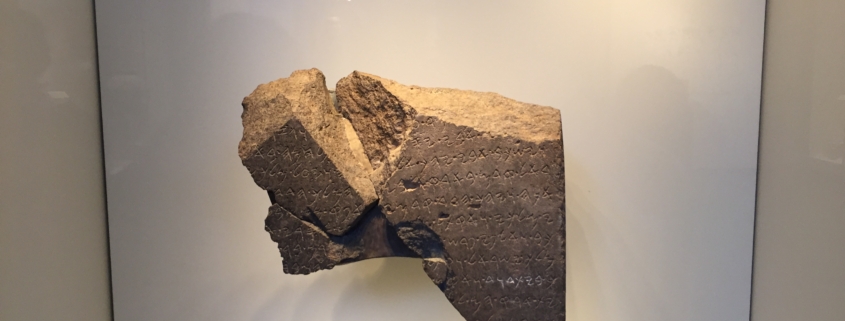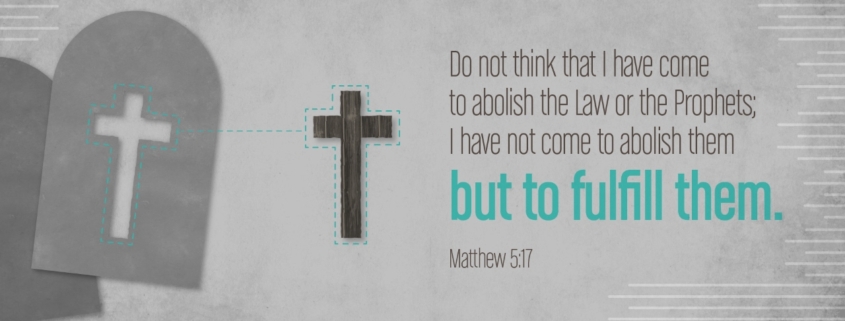Did you know that Jesus wasn’t the first Jewish king to ride in triumph into Jerusalem on a donkey? Jesus knew it — and that’s why he did what he did! Check out this quick Palm Sunday video (be sure to subscribe to our YouTube channel), and share it with your friends. Welcome to Holy Week 2020 on TheFaithExplained.com!
Posts
In today’s Mass readings, we see how Daniel’s friends faced the fiery furnace and the fury of a king, knowing God was with them. The Lord is with us in our own trials by fire, too.
Happy Feast of the Visitation! In this teaching, recorded live at on pilgrimage at the Church of the Visitation in Israel, Cale Clarke, Director of The Faith Explained Institute, explains the significance of the site. Learn how the Gospel writers show how Mary fits into salvation history using typology.
Interested in joining us on our 2019 Faith Explained Holy Land Pilgrimage? Drop us a line at TheFaithExplained.com/contact and we’ll send you the info!
Join us for our next Faith Explained pilgrimage! Message us here: TheFaithExplained.com/contact and we’ll keep you updated.
(My latest for Catholic Ansers Magazine. Enjoy! — Cale)
A few weeks ago, while leading a pilgrimage tour to Israel, I couldn’t wait to bring the group to one of the greatest museums in the world: the Israel Museum in Jerusalem. Packed with artifacts from the biblical period, it’s a treasure trove for anyone interested in the material remains of salvation history.
The museum also houses one of the more important archaeological finds of recent years: an artifact that has bolstered our confidence in the veracity of the Old Testament accounts of the kingdom of David, his son Solomon, and their successors.
Biblical “minimalists” had long contended that King David did not actually preside over a kingdom that originated circa the tenth century B.C., as the Bible states. Indeed, these scholars alleged that David, Solomon, and in fact the entire line of Davidic kings chronicled in the Old Testament, are nothing more than fictional characters invented by the writers of the Hebrew scriptures.
In favor of the “minimalist” argument was the lack of any evidence of David’s existence outside the Bible.
But here’s where archaeology came to the rescue. During the 1993-94 excavations at Tel Dan, in northern Israel, a stele (a stone slab bearing an inscription) was unearthed. Made from basalt, a volcanic rock plentiful in the region, it bears an account of a military victory. Scholars have postulated that the inscription commemorates an Aramean king’s defeat of Israelite forces. It may have been commissioned by Hazael or Ben-Hadad III, his son (cf. 2 Kings 10:32, 13:3, 22; 2 Chron. 22:5).
The key line on the monument, the stunning find, is the mention of the “House of David.” There it was, written in stone—independent confirmation of David’s existence and of a line of kings so powerful that defeating armies from this “House” warranted a public brag of sorts on this stele, for all passersby to read and marvel at.
Analysis of the stele dates it to the mid-ninth century BC, right around the time when, according to Scripture, David’s dynasty would have been flourishing. It appears that the stele was broken by the Israelites after they recaptured the area some time later, and was eventually repurposed into building blocks for the city wall.
After this discovery, as chronicled by Craig Evans, the minimalists changed their approach. “Okay, okay,” they admitted, “maybe David existed after all. But he was a nobody. A local tribal chief, at best, certainly not the originator of the vast, Iron-Age kingdom described in the Old Testament.”
At this point, faced with what seems like special pleading, one is tempted to respond like Jerry Seinfeld: “Really? Really?”
But don’t despair—again, archaeology is our friend here.
First of all, if David had been merely a small-time local yokel, what on earth were his descendants doing fighting battles all the way up north, near the modern-day border that separates Israel and Syria, far from his allegedly tiny operation in Jerusalem?
Also, a vast, centralized complex of buildings—in all likelihood, a government compound—has been unearthed in the Old City of Jerusalem, and can be seen on tours today. It’s located in what’s known as the “City of David” and dates to approximately the tenth century B.C.; once more, the time when Scripture says that David and Solomon were establishing their empire. Again, this seems fairly excessive if we’re talking about an insignificant tribal chieftain, but it does fit the biblical narrative of David’s expansive realm.
To this our minimalist might say, “I’ll grant you that David existed, and perhaps he did preside over a significantly large kingdom, but we still can’t trust what the Bible says about him. The people of David’s time would not have been significantly literate enough to record his exploits or those of his descendants”.
This last objection is at least partially answered by—you guessed it—yet another archaeological discovery. In 2008, an ostracon (an inscribed piece of pottery) dating to the tenth century B.C. was disinterred at the ancient fortress city of Khirbet Qeiyafa, which was the only fortified Judahite city during the reigns of David and his predecessor, King Saul (in fact, the Qeiyafa ostracon is the only extant relic that mentions Saul).
The famed French epigrapher Émile Puech regards the inscription as the earliest writing narrating the transition of Israel from a people ruled by judges into a kingdom. It shows that the people living around David’s time were literate, and in fact, more than capable of recording (and passing on) the annals of David’s dynasty, such as we see in the biblical books of Kings and Chronicles.
The Tel Dan stele and the Qeiyafa ostracon are just two examples from the multitude of archaeological discoveries in Israel that have bolstered our understanding of, and in many cases substantiated the reliability of, biblical records of history. Since only roughly five percent of all biblical sites have been excavated to date (which is unbelievable considering how much has already been found), It’s truly exciting to think of how many more such finds may be unearthed in the years to come.
My latest for Catholic Answers Magazine.
Once, in Jerusalem, I was privileged to attend Mass with a group of Catholics who had converted from Judaism and celebrated the Mass in Hebrew. None of those present who had come to believe in Yeshua HaMashiach (Jesus the Messiah) would have said they had “changed religions.” They didn’t view the Catholic Church as a new religion that had replaced Judaism—rather, it was Judaism, but with the Messiah having come.
For these converts, many facets of New Covenant worship evoked elements of the Old: features such as the tabernacle, the ambo, and the altar made sense to them in a way that they may not for those who convert to Catholicism from non-Christian or Protestant Christian backgrounds. And the similarities didn’t end with liturgy. They didn’t see Catholicism’s doctrines as something foreign, either. Rather, they saw the continuity, the inner logic, of Jesus’ teachings vis-a-vis the Old Testament.
Considering that Jesus of Nazareth was a faithful Jew, this really shouldn’t be a surprise. Yet throughout the centuries until now, many theologians and scholars have believed the opposite: that Jesus broke clean with the Old Covenant religion of his day, railing against its “legalism” and focusing instead entirely on God’s mercy and love.
Without a doubt, Jesus delighted in dispensing God’s mercy to those who repented of sin. But there is no opposition between mercy and law. In fact, in so many ways, God’s law is an expression of his mercy. A careful reading of the New Testament shows that Jesus was in no way opposed the law given to Moses.
Open your Bible and let’s take a look together.
For example: in the Gospel of Matthew Jesus gives five major discourses that represent the crucial emphases of his teaching that the evangelist wished to impart to his audience. The first is the Sermon on the Mount, in chapters 5-7. The second is the Missionary Discourse in chapter 10, followed by the Parabolic Discourse in chapter 13 and the Community Discourse in chapter 18. The fifth and final speech is the Eschatological Discourse in chapters 24-25.
We have several reasons to believe that Matthew intentionally arranged this material into five “teaching blocks.” First, there are literary clues. Each discourse concludes with the verb telein (“to finish”—cf. Matt. 7:28, 11:1, 13:53, 19:1, 26:1). This corresponds to verbiage from the Pentateuch: “When Moses finished (suntelein) speaking all these words” (Deut. 31:1; cf. Num. 16:31; Deut. 31:24, 32:45).
I’ve discussed elsewhere how Jesus is presented in Matthew as a new Moses. Matthew’s arrangement of Christ’s teaching into five narrative segments is meant to allude to the five books of Moses, the first five books of the Hebrew Bible. Why? In large measure to deal with the allegations of some Jews that Jesus and his followers intended to abolish the Law of Moses. This is an important theme in Matthew’s Gospel, intended as it is for a primarily Hebrew audience.
The number five (are you sensing a theme here?) comes into play most clearly in the material following Matthew 5:17-20, which is the key passage, in many ways, to understanding the Sermon on the Mount. In these verses, Jesus explains that he has “not come to abolish the law, but to fulfill” (v. 17), and that “until heaven and earth pass away, not one letter, not one stroke of a letter, will pass from the law until all is accomplished” (v. 18). Jesus also states that lawbreakers (such as he is accused of being) “will be called least in the kingdom of heaven; but whoever does them and teaches them (the commandments of the law) will be called great in the kingdom of heaven” (v. 19).
Then Jesus states that, in order to enter the kingdom of heaven, one’s “righteousness” must be greater than that of the scribes and Pharisees (v. 20). This is truly a remarkable statement, because in Jesus’ day those very scribes and Pharisees were considered theauthority on the interpretation of the Law of Moses.
This highlights the main issue: who has the true interpretation of the law? Jesus and his followers? The Pharisees and scribes? Some other group?
Jesus goes on to show, by means of a series of five “antitheses” (“You have heard it said . . . but I say to you”), that his interpretation of the law, as practiced by himself and his followers, is the true interpretation—and indeed, the fulfillment—of the law given to Moses. These five antitheses correspond to the five fulfilments of Old Testament prophecy given in the infancy narrative of Matthew (1:22-23, fulfilling Isaiah 7:14; 2:5-6, fulfilling Micah 5:2; 2:15, fulfilling Hosea 11:1; 2:17-18, fulfilling Jeremiah 31:15; and 2:23, which summarizes Judges 13:5 and Isaiah 11:1). Together, they make a powerful case that Jesus has come to fulfill the law and the prophets.
Specifically, the five antitheses of the Sermon on the Mount fulfill five aspects of the books of Moses: Deuteronomy 5:17 is fulfilled in Matthew 5:21; Exodus 20:14 is fulfilled in Matthew 5:27; Leviticus 19:12 is fulfilled in Matthew 5:33; Exodus 21:23-25 is fulfilled in Matthew 5:38; and Leviticus 19:17-18 is fulfilled in Matthew 5:43.
Many “historical Jesus” scholars, when assessing whether Jesus could have plausibly taught what the Gospels claim he did, are fond of employing something called the criterion of double dissimilarity. “If something sounds too much like the teaching of Judaism,” the thinking goes, “or too much like later Church teaching, Jesus probably didn’t say it.” That has always sounded ridiculous to me, considering that Jesus was Jewish and that he founded the Church! We should expect to find an abundance of continuity between the Old Testament, the teaching of Jesus, and that of the Church. And this is exactly what we do find.
And here’s one final, commonsense fact: if Jesus, as many caricatures of him suggest, really represented a radical break with Jewish teaching, there is simply no plausible way he would have garnered such a massive following among his fellow Israelites. No one would have believed that he was the promised Messiah if he had rejected the Law of Moses!
It seems reasonable, then, to believe the opposite, which is exactly what Jesus set out to do: not to abolish the law but to fulfill it (Matt. 5:17).
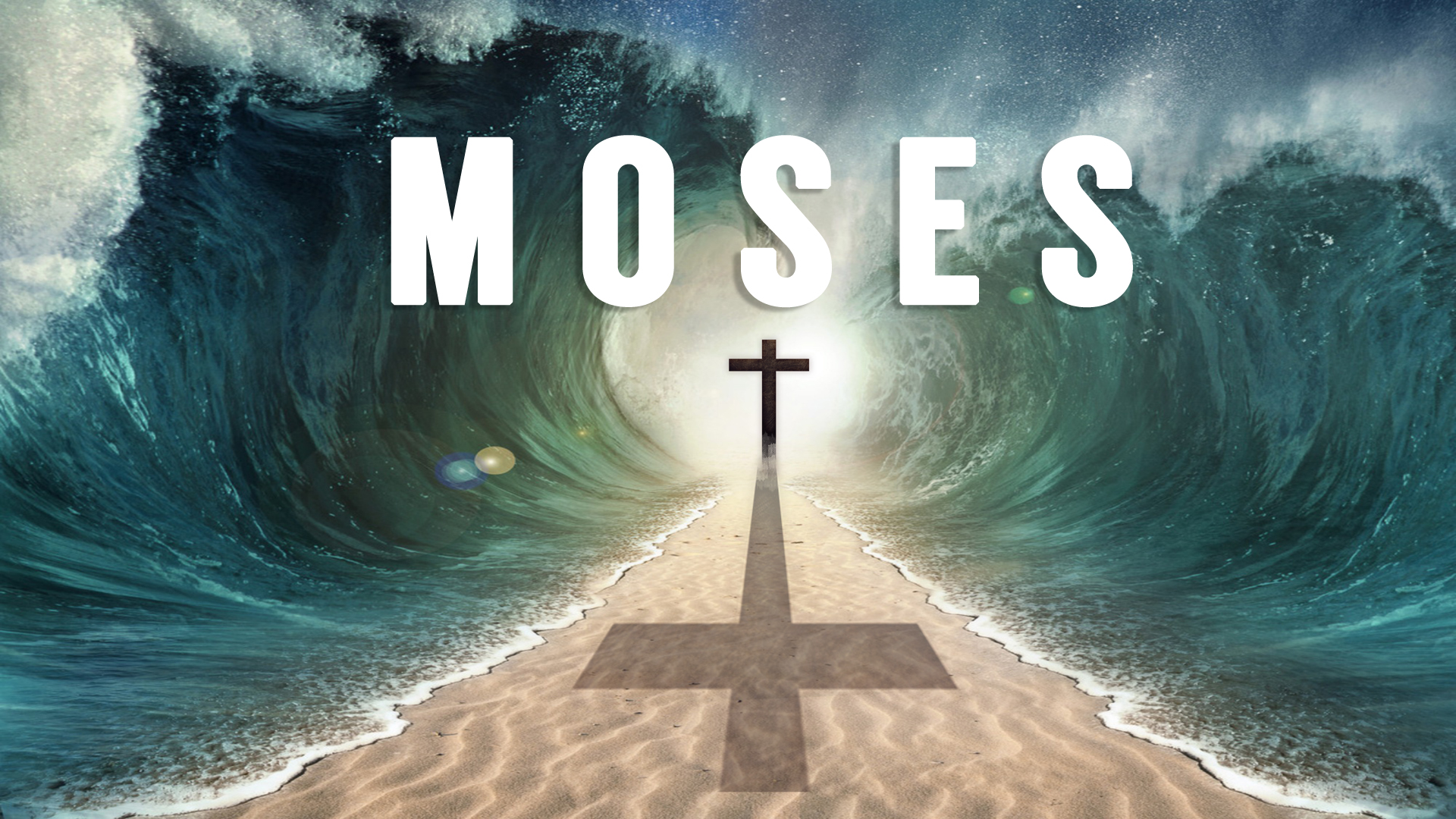
Note: this is my latest article for Catholic Answers Magazine (online). You can read it at the CAMO site here.
As part of my graduate studies in New Testament, I had the opportunity to study in Israel and to work for two summers at an archaeological dig in Jerusalem. During my academic studies in the Holy Land, I focused in part on the many Jewish-Christian texts that were produced in the first few centuries A.D. Undoubtedly, the finest example of these works is the first book that appears in the New Testament, the Gospel of Matthew.
Although the vast majority of scholars believe Mark was the first Gospel written, Matthew comes first in the Gospels’ canonical order. Why is this? One satisfying answer is that Matthew serves as a natural bridge between the Old Testament and the New. Matthew is certainly the most Jewish of the Gospels, written primarily to convince those from a Hebrew background that Jesus is the Messiah. One of the ways Matthew accomplishes this is by comparing of Moses with Jesus.
Indeed, Matthew makes heavy use of Moses typology in his Gospel, showing that Jesus is a new and greater Moses. The parallels between Jesus and Moses begin with Matthew’s infancy narrative.
Like the infant Moses, the infant Jesus experiences an attempt on his life by a ruler bent on preserving his own kingdom: Pharaoh, in the case of Moses, and Herod the Great in the case of Christ. Herod’s slaughter of the infant males in Bethlehem’s vicinity evokes Pharaoh’s attempt to kill the Hebrew males (Exod. 1:15-2:10).
Like Moses fleeing from Pharaoh (Exod. 2:11-15), Jesus was forced to flee into Egypt for safety from the wrath of Herod and emerged from there to deliver his people. Moses returned from his desert sojourn with his wife and sons to Egypt (Exod. 4:20). Joseph returned with his wife and son from Egypt to Israel (Matt. 2:21). Moses would deliver the Israelites from bondage to Pharaoh, employing signs and miracles. Jesus delivered his people from the power of a greater oppressor, Satan, also displaying miraculous signs. This is emphasized by Jesus’ healings and especially by his exorcisms.
Jesus fasted for forty days and nights before teaching the new Law of God on a mountain (Matt. 4); Moses did the same (Deut. 9:9). Just as Moses ascended Mt. Sinai to receive the Decalogue, Jesus ascends a mountain to bring forth a new Law from God in fulfillment of the Old Covenant.
As Moses was given Ten Commandments, Jesus presents his disciples with ten beatitudes (Matt. 5:3-12). As Catholics, we are used to hearing about the “eight beatitudes”, but following what is traditionally numbered as the eighth beatitude, there are actually two more (Matt. 5:10–12):
Blessed are those who are persecuted for righteousness’ sake, for theirs is the kingdom of heaven (traditionally, the eighth beatitude).
Blessed are you when men revile you and persecute you and utter all kinds of evil against you falsely on my account (ninth beatitude).
Rejoice and be glad, for your reward is great in heaven, for so men persecuted the prophets who were before you (tenth beatitude).
This tenth beatitude is in a somewhat different form than the others, beginning not with “Blessed” (Gr. makarios) but with the two imperatives “Rejoice and be glad.” The word “beatitude” comes from the Latin term beatus, which means “blessed” or “happy.” Since “rejoice” or “be glad” are synonymous with being “blessed,” we have in all likelihood ten beatitudes, consistent with Matthew’s Moses motif.
The five major teaching sections given by Jesus in Matthew (the Sermon on the Mount, in chapters 5-7; the Missionary Discourse in chapter 10; the Community Discourse in chapter 18; and the Eschatological Discourse in chapters 24-25) are meant to correspond to the five books of Moses, the Pentateuch. Even within the Sermon on the Mount, five “antitheses” are presented (“You have heard it said…but I say to you”), where Jesus demonstrates how his new law of the kingdom fulfills the law given to Moses.
It has also been proposed by some scholars that the entire Gospel has a five-book arrangement (3-7; 8-10; 11-13; 14-18; 19-25). Each “book” contains material on what Jesus said and did, followed by a formula of conclusion (7:28-29; 11:1; 13:53; 19:1; 26:1), with the infancy and passion narratives, respectively, serving as bookends. This is far from a consensus view, as many alternative structures for the Gospel as a whole have also been proffered.
Read the rest of the article here.

Check out this interview I did with Catholic Answers Live about Jesus, the Bible, and archaeology. There’s so much to cover here, and I feel like we only scratched the surface. This stuff is important, because it helps us authenticate the New Testament’s portrait of Jesus of Nazareth, and fleshes out our understanding of the context in which Jesus lived. All in all, what archaeology has discovered concerning the Gospels reminds us of their verisimilitude – the fact that they are rooted in historical reality, and cohere with the way things actually were in first-century Galilee.
Here’s the audio stream:
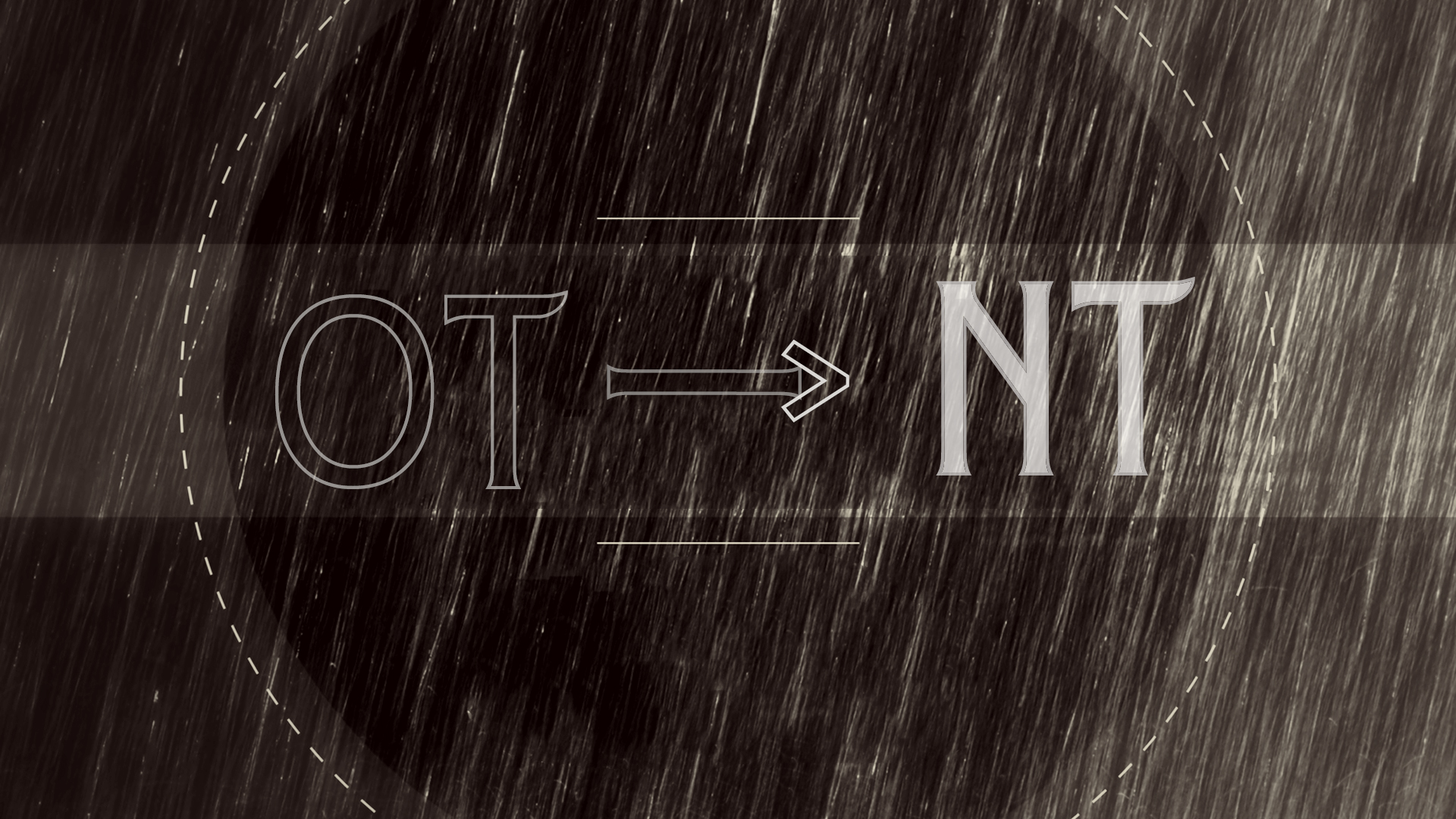
It’s so very important for Christians to study the Old Testament. When learning the Scriptures, many people want to “skip to the good part” in their view. They want to go right to the end of the book, the New Testament, the part of the Bible that speaks directly of Jesus.
This view is shortsighted for several reasons.
First, the ultimate subject of all of Scripture is Jesus Christ. He is the living Word of God, after all. As St. Augustine so famously said, “The New Testament is in the Old, concealed; the Old Testament is in the New, revealed.”
Secondly, just because it’s called the “Old” Testament, doesn’t mean it’s old news.. Our society doesn’t like anything that’s labeled “old” – and sadly, this can refer to people as well as products. Marketers are always seeking to promote what is “new” and allegedly improved. This is why many now refer to the Old Testament as the “Hebrew Scriptures” instead. They may speak of events that happened long ago, but God still speaks to us in a fresh way, as relevant still to our time as this morning’s newspaper. Much more so, in fact, because it is a message from the Almighty.
Third, in order to understand the New Testament properly, we must have at least a basic understanding of the Old Testament. So many times in the New Testament, we read that Jesus came to “fulfill” Scripture. What is meant by that, obviously, are the Scriptures of the Old Covenant, more commonly known as the Old Testament (the word “covenant” means the same thing as “testament”; testamentum is the Latin translation of “covenant”). Just as in mathematics, one must understand basic calculus before moving on to trigonometry, one must understand the Old Testament before one can fully understand the New.
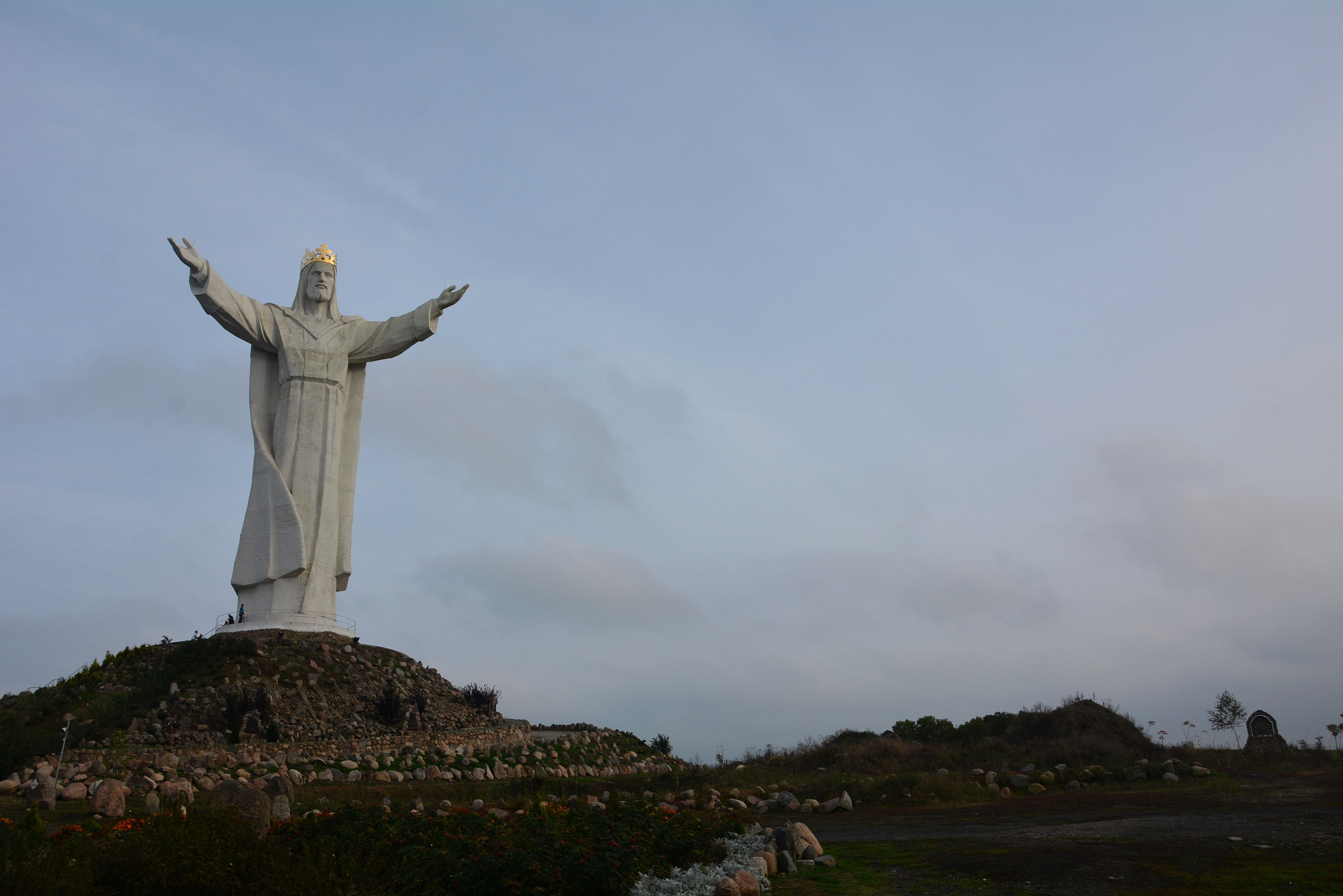
Q. This Sunday is the Feast of Christ the King. Can you explain how this relates to the second reading, which is taken from the Book of Revelation?
A. In the Old Testament, the Kings of Israel (think of David and Solomon) and the priests of Israel (think of someone like Caiaphas, the High Priest who condemned Jesus to death, along with Pilate), were different individuals with different roles. In fact, the Essenes (the Jewish sect that lived, among other places, at Qumran and wrote the Dead Sea Scrolls) expected two different Messiahs to come: a Priestly Messiah, and a Kingly Messiah. They actually expected the Kingly Messiah to wage war against Rome, and that he would personally slay “The King of the Kittim” (the Roman Emperor himself) in the final battle.
Jesus radically combines (and redefines) the roles of King and Priest in his own person. In fact, Jesus is both Priest and Victim, the sacrifice and the one who offers it: “Jesus Christ is the faithful witness” (Revelation 1:5). The word “witness” in the original Greek text means “martyr” – one who offers one’s life for God. Unlike the Kingly Messiah envisioned in the Dead Sea Scrolls, Jesus does not attempt to kill the Roman official, Pilate, but instead allows himself to be killed as a sacrifice for sin. This is why Jesus says to Pilate (as we read in today’s Gospel): “My kingdom does not belong to this world. If my kingdom did belong to this world, my attendants would be fighting
to keep me from being handed over to the Jews” (John 18:36).
Jesus is indeed King – not just over Israel, but over all nations: “the ruler of the kings of the earth” (Revelation 1:5). Jesus received this kingship from God the Father, which is why Revelation says that “he is coming amid the clouds” (Revelation 1:7). This is actually a reference to today’s first reading from the Old Testament Book of Daniel (Daniel 7:13-14), which speaks of “one like a son of man” (remember, “Son of Man” was Jesus’ favourite self-designation on the Gospels), “coming with the clouds of heaven” to receive “dominion, glory, and kingship” from “the Ancient of Days” (God the Father). The Daniel text says that “all peoples, nations, and languages serve him”. This will indeed be fulfilled at Jesus’ Second Advent.
Q. How can we apply these truths to our lives today?
A. Today’s second reading reminds us that Jesus “has made us into a kingdom, priests for his God and Father” (Revelation 1:6). By virtue of our baptism, we all share in Christ’s “offices” of King and Priest. And we must exercise these offices the way Jesus did: we don’t “Lord it over people”, but rather lay down our lives for others by serving them as Jesus did. Everything we do – in our spiritual life, our work, our relationships, and in sharing our faith – must be united by this concept of serving God and others. This is our priestly sacrifice for God. And in Jesus’ Kingdom, “to serve is to reign.”


